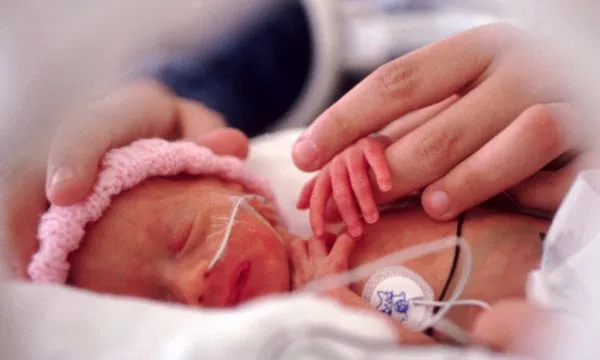Birth defects are a significant concern worldwide, affecting millions of newborns each year. These conditions can have a profound impact on the affected individuals and their families, requiring medical intervention, support, and specialized care. In this article, we delve into the realm of birth defects and highlight the five most common conditions. By understanding these conditions, their causes, and potential preventive measures, we can work towards reducing their prevalence and improving the lives of those affected.
Congenital Heart Defects:
Congenital heart defects (CHDs) are the most prevalent birth defects globally, affecting approximately 1 in every 100 newborns. CHDs involve structural abnormalities in the heart’s formation during fetal development. These defects can range from minor issues that require no treatment to severe conditions that necessitate surgical intervention.
Causes of congenital heart defects vary, including genetic factors, maternal health conditions (such as diabetes or obesity), certain medications, and exposure to environmental factors during pregnancy. Prenatal care, genetic counseling, and awareness campaigns play crucial roles in early detection, timely treatment, and managing the long-term effects of CHDs.
Neural Tube Defects:
Neural tube defects (NTDs) occur when the neural tube, which develops into the brain and spinal cord, fails to close completely during early pregnancy. This group of birth defects includes conditions such as spina bifida and anencephaly.
NTDs can have significant lifelong implications, ranging from mild disabilities to severe physical and cognitive impairments. Folic acid deficiency during pregnancy is a known risk factor for NTDs, emphasizing the importance of prenatal supplementation and fortified foods. Additionally, genetic factors and environmental influences can contribute to the occurrence of these defects.
Down Syndrome:
Down syndrome, also known as trisomy 21, is a genetic disorder caused by the presence of an extra copy of chromosome 21. It is one of the most common chromosomal abnormalities, affecting approximately 1 in every 700 births.
Individuals with Down syndrome often exhibit distinctive facial features, developmental delays, intellectual disabilities, and various medical conditions. While the exact cause of Down syndrome is still unknown, advanced maternal age significantly increases the risk. Genetic counseling, prenatal testing, and comprehensive medical care are crucial for supporting individuals with Down syndrome and their families.
Cleft Lip and Palate:
Cleft lip and palate are birth defects characterized by a split or opening in the upper lip or roof of the mouth (palate). These conditions occur early in pregnancy when the facial structures do not fuse properly.
Cleft lip and palate can affect a child’s ability to eat, speak, and hear, as well as have social and psychological implications. While the exact cause is not always known, genetic and environmental factors, such as maternal smoking and certain medications, can increase the risk. Multidisciplinary treatment, including surgical repair, speech therapy, and dental care, can greatly improve the quality of life for individuals with cleft lip and palate.
Spina Bifida:
Spina bifida is a neural tube defect characterized by incomplete development of the spinal cord and its protective covering. It can lead to various physical and neurological disabilities, including paralysis, bladder and bowel dysfunction, and learning difficulties.
The exact cause of spina bifida is not fully understood, but a combination of genetic and environmental factors contributes to its occurrence. Prenatal care, folic acid supplementation, and prenatal screening tests can help detect and manage spina bifida, promoting early intervention and improving long-term outcomes.
Conclusion:
Birth defects pose significant challenges to affected individuals, their families, and society as a whole. By understanding the five most common birth defects—congenital heart defects, neural tube defects, Down syndrome, cleft lip and palate, and spina bifida—we can promote awareness, prevention, and early intervention.
Efforts should focus on promoting comprehensive prenatal care, genetic counseling, and public health initiatives to reduce the occurrence of birth defects. Empowering expectant parents with knowledge about risk factors, prenatal screening options, and available support services is essential for ensuring the best possible outcomes for children born with these conditions.
By investing in research, education, and accessible healthcare, we can strive to minimize the impact of birth defects, provide effective treatments and interventions, and support affected individuals in leading fulfilling lives. Together, we can work towards a future where every child has the opportunity to thrive, regardless of their medical challenges.


